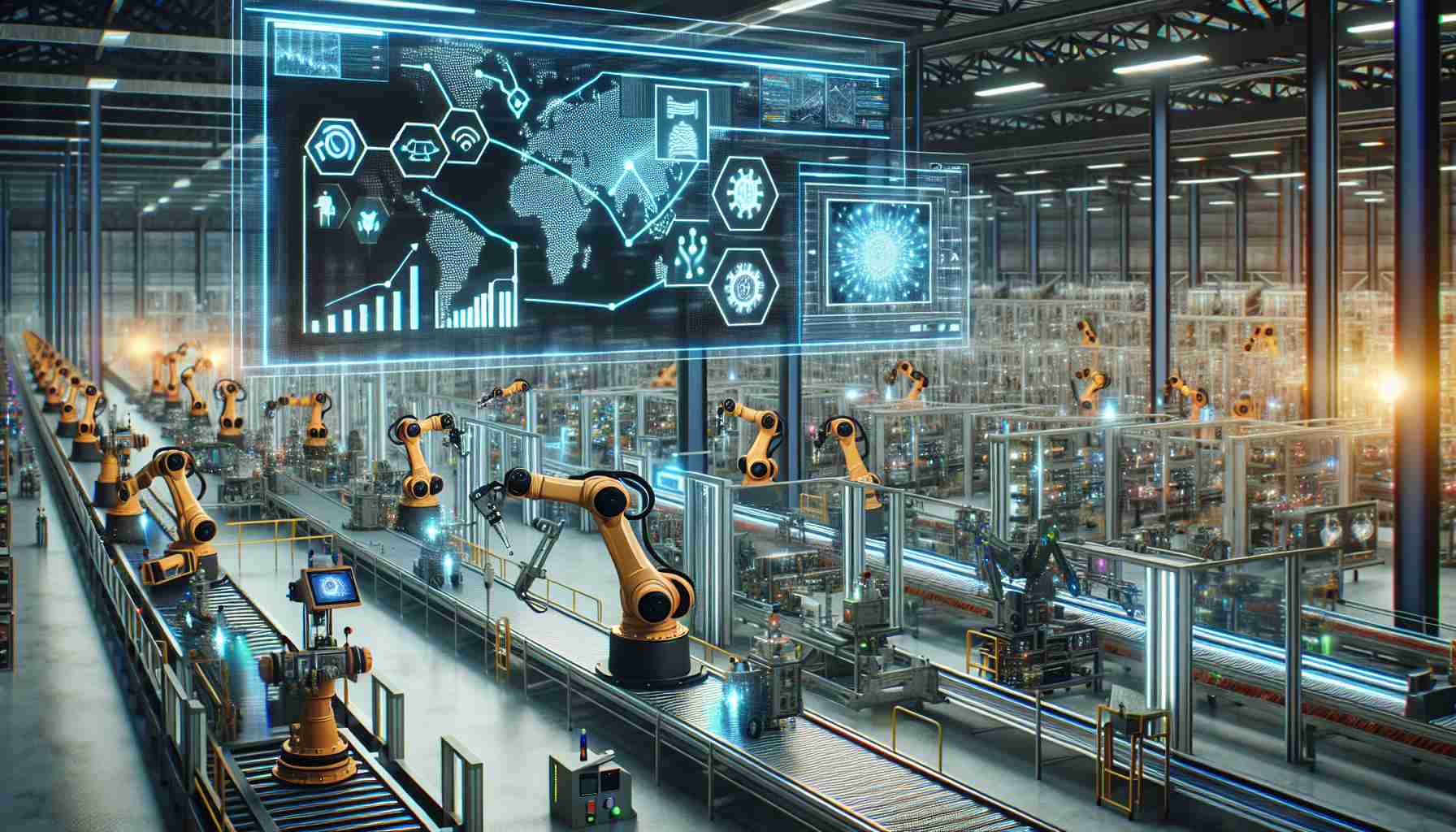Artificial intelligence (AI) holds great potential for revolutionizing various aspects of our lives, but it’s essential to separate the hype from the tangible business value. In industries like aviation and mining, AI can address critical challenges such as the shortage of skilled labor, the loss of institutional knowledge, and the need for faster decision-making processes without compromising accuracy. However, achieving full autonomy in these sectors requires a step-by-step approach.
Take aviation, for example. The International Air Transport Association predicts a shortage of 85,000 pilots globally by 2032. AI can alleviate this shortage by enabling one human pilot to handle the job, while a co-pilot works remotely from the ground. Although fully pilotless commercial planes may be a future possibility, cargo planes can already benefit from remote flying with a pilot on board to handle emergencies. AI also enhances safety measures both in the air and on the ground.
In the mining industry, companies like Honeywell and Codelco are collaborating to overcome the scarcity of skilled labor and improve safety and business efficiency through automation. Remote operations centers are being established to leverage data, analytics, and predictive maintenance. Additionally, AI solutions are further enhancing productivity, safety, and product quality at mining sites located hundreds of miles away.
AI’s potential extends beyond aviation and mining. Globalworth, a major commercial real estate owner/operator, is utilizing data and AI to promote sustainability, energy efficiency, and enhanced occupant experiences in their facilities in Poland and Romania.
Honeywell sees AI as a natural extension of automation and a pathway to autonomy in the industrial sector. They recognize that many leaders across various industries share this vision. According to a Honeywell-sponsored survey, 85% of companies trust automation to meet their strategic goals, and 69% believe in the future potential of AI. However, the path to full AI integration will require an iterative approach.
Organizations seeking to harness AI’s power must focus on data utilization for predictive maintenance, energy management, data security, safety improvements, and product quality. They should also consider adaptability in design to accommodate AI requirements and identify areas where AI can enhance workforce efficiency, accuracy, and speed.
As leaders evaluate AI’s potential impact on their organizations, they should assess their current position, determine the desired direction, and make the necessary investments in technology and talent. By doing so, they will be well-positioned to embrace the velocity of innovation and seize the opportunities that lie ahead.
FAQ Section:
1. What is the potential of artificial intelligence (AI)?
– AI holds great potential for revolutionizing various aspects of our lives by addressing challenges such as skilled labor shortages, loss of institutional knowledge, and the need for faster decision-making without compromising accuracy.
2. How can AI address the shortage of pilots in the aviation industry?
– AI can alleviate the shortage by enabling one human pilot to handle the job while a co-pilot works remotely from the ground. Cargo planes can already benefit from remote flying with a pilot on board to handle emergencies.
3. How is AI being utilized in the mining industry?
– Companies like Honeywell and Codelco are collaborating to overcome the scarcity of skilled labor and improve safety and business efficiency through automation. Remote operations centers leverage data, analytics, and predictive maintenance. AI solutions enhance productivity, safety, and product quality at mining sites located far away.
4. How is AI being utilized in the commercial real estate industry?
– Globalworth, a major commercial real estate owner/operator, is utilizing data and AI to promote sustainability, energy efficiency, and enhanced occupant experiences in their facilities in Poland and Romania.
5. What is the importance of data utilization in harnessing AI’s power?
– Organizations seeking to harness AI’s power must focus on data utilization for predictive maintenance, energy management, data security, safety improvements, and product quality.
Definitions:
– Artificial intelligence (AI): The simulation of human intelligence in machines that are programmed to think, learn, and problem-solve like a human.
– Skilled labor: Workers who possess specialized knowledge, expertise, or abilities that are necessary for a particular job.
– Predictive maintenance: The use of data, analytics, and sensors to predict when equipment or machinery is likely to fail, allowing for maintenance to be performed proactively and preventively.
– Automation: The use of technology to perform tasks or processes with minimal human intervention.
Related Links:
1. International Air Transport Association: Official website of the International Air Transport Association, providing information related to the aviation industry.
2. Honeywell: Official website of Honeywell, a leading technology company that offers solutions in various industries, including aviation and industrial automation.
3. Codelco: Official website of Codelco, a Chilean mining company focused on copper production.
4. Globalworth: Official website of Globalworth, a leading commercial real estate owner/operator.
The source of the article is from the blog macholevante.com

